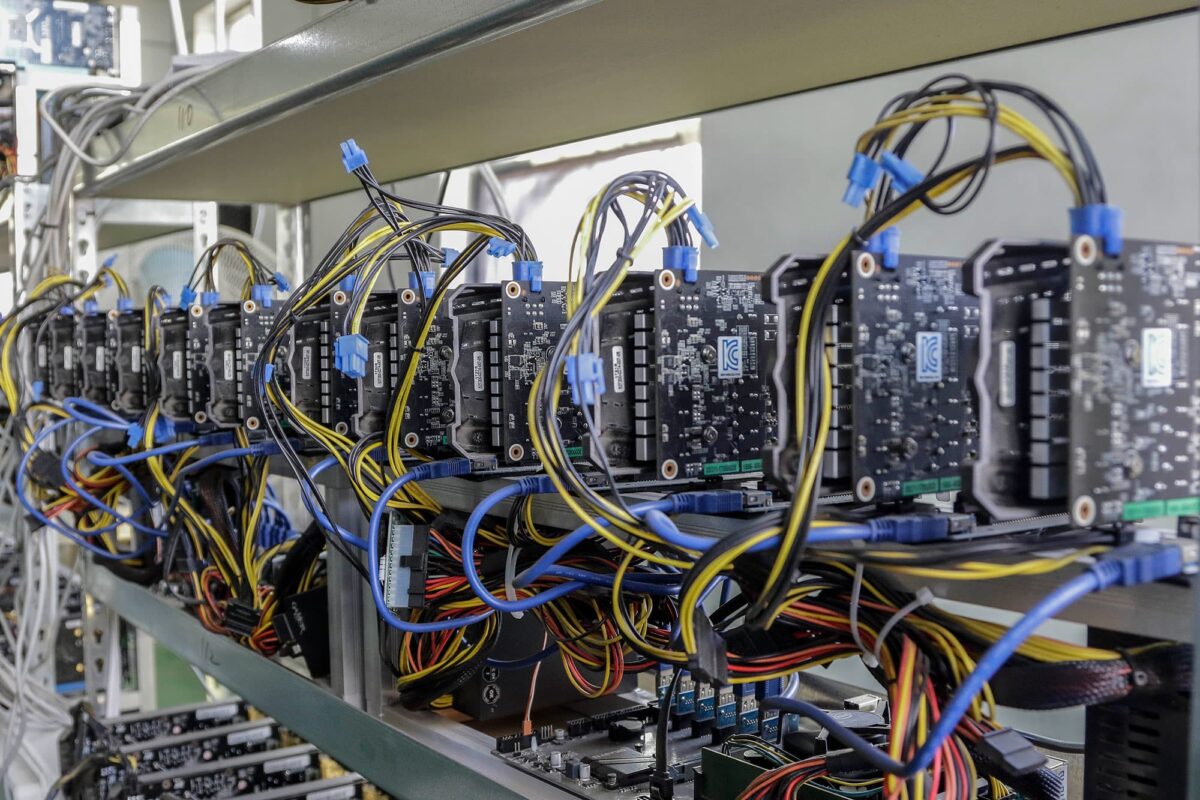Bitcoin mining in 2025 is no longer the speculative gold rush it once was. For new investors and cautious readers, profitability hinges on a nuanced understanding of hardware efficiency, energy economics, and the shifting dynamics of the global mining ecosystem. While headlines often tout either massive gains or total collapse, the truth lies somewhere in between, requiring a sober look at the numbers and trends that define mining today.
The most significant factor influencing profitability is the cost of electricity. In regions like Iceland, Paraguay, and parts of Canada, access to cheap, renewable energy gives miners a competitive edge. Conversely, in areas with high grid prices or unstable infrastructure, mining can quickly become a financial drain. A single Antminer S21, one of the most efficient rigs on the market, consumes roughly 3,500 watts. At $0.05 per kWh, monthly electricity costs hover around $125. At $0.15 per kWh, that figure triples. This alone can determine whether a miner breaks even or bleeds cash.
Hardware trends have also evolved dramatically. ASICs (Application-Specific Integrated Circuits) dominate the landscape, with newer models offering higher hash rates and better energy efficiency. However, the upfront cost of these machines, often exceeding $3,000, requires careful ROI calculations. Factoring in depreciation, maintenance, and potential downtime, most miners now expect a break-even period of 18 to 24 months, assuming stable Bitcoin prices and network difficulty.
Speaking of difficulty, the Bitcoin network adjusts its mining challenge every two weeks. As more miners join, the difficulty increases, reducing individual rewards. In 2025, this adjustment has become more volatile due to geopolitical shifts, regulatory crackdowns, and the rise of institutional mining farms. These large-scale operations benefit from economies of scale, often securing bulk energy deals and deploying thousands of rigs simultaneously. For solo miners or small setups, joining a mining pool is now essential to receive consistent payouts.
Beyond the technical and financial aspects, there’s a growing emphasis on sustainability. With global scrutiny on energy consumption, miners are increasingly turning to solar, hydro, and wind sources not just for cost savings, but to align with ESG (Environmental, Social, and Governance) standards. This shift has opened doors for partnerships with energy providers and even governments, transforming mining from a fringe activity into a regulated, semi-industrial sector.
For beginners, the key takeaway is this: Bitcoin mining in 2025 is profitable under the right conditions, but it demands strategic planning, realistic expectations, and a willingness to adapt. Blindly purchasing hardware or relying on outdated calculators won’t cut it. Success now depends on understanding your local energy market, choosing the right equipment, and staying informed about global trends that influence network difficulty and coin valuation.
In a world where passive income is often romanticized, Bitcoin mining offers a path but not without friction. It’s no longer a plug-and-play endeavor. It’s a business, and like any business, it rewards those who do their homework, manage risk, and think long-term. For those willing to approach it with discipline and insight, mining can still be a viable piece of a diversified crypto strategy.
Related Products:



















